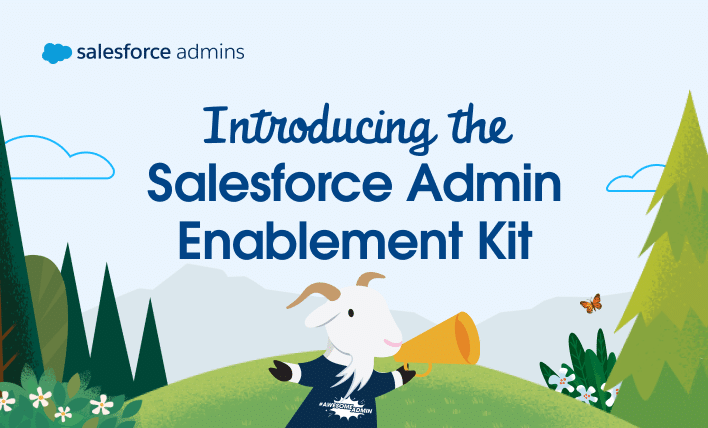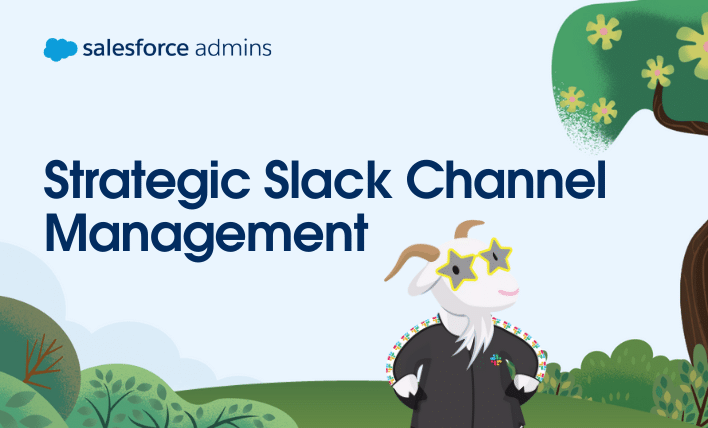Standing up in front of users, executives, or presenting at a Salesforce User Group is all part of a day-in-the-life of a Salesforce Admin. Since we just rolled out our Summer 17 release, it’s likely you are being called in to demo new features or give walkthroughs of the app you recently built. As a follow up to LeeAnne’s blog post about How to Demo Like a Rockstar, I want to give you a few tips I picked up while traveling this Spring for the Lightning Now tours.
Do your homework
This may sound obvious, but before presenting take a moment to spend time with the release notes for that feature. Don’t just jump in with both feet and “wing it.” Now, that may sound like an obvious first step, but the second part of this step is also critical. When working with the feature that you are about to present, take the time to think about use cases based on your audience.
For example, at the Lighting Now Tour in Dallas, I needed to demo Kanban views in Lightning. So, the night before in the hotel room, I went through the demo click path. I tried out different variations, and I felt pretty confident of what I was showing. What I didn’t do was think through the questions the audience of Salesforce Admins might ask, like, “How do you customize the cards?” Now, thankfully I followed my rule for handling questions and objections and followed up with them after the presentation. But looking back, this presentation and demo could have been much stronger if I had put myself in their shoes to anticipate questions like that.
The Rule of 5 Times
I’m guilty as much as anyone on this one. I will rehearse a presentation and get to a slide or a demo and get stuck, pause, and then I start over. Or I start that section over. This is a horrible way to rehearse because when it comes to giving that executive presentation or that user group demo, there is no pausing and starting over, you just have to work through it. The Rule of 5 Times means blocking out time on your calendar to go through your entire presentation and demo front to back without stopping 5 times. If you mess up, you move on. If you forget something, you keep going. Doing this helps you get used to keeping your thoughts organized and the presentation flowing. Remember, if you forget something, you’re the only one who will know you forgot it. The audience didn’t get your script in advance.
Handling questions and objections
One of the biggest interruptions in any presentation is the hand raise. Or, in smaller settings, someone interjects with a question. Don’t fear the question! This is an opportunity for you to show your preparation. But in that regard, don’t let it become a stumbling block for your presentation. There are two ways to handle questions in a presentation or demo so let’s tackle those.
The first way and the way I prefer to handle questions is to set the expectation that questions will be answered at the end of the presentation. In smaller presentations, you can even set up a whiteboard parking lot to take questions. I prefer to take questions at the end of the presentation for a variety of reasons, the biggest of which is that it doesn’t stop my presentation momentum. Following The Rule of 5 Times, it’s really hard to practice for question interruptions. Setting the expectation that questions will be taken at the end allows you to finish your presentation as practiced, then address questions. Too often I’ve seen questions in the middle and the presenter say, “and that is my next point.”
The second way is to take questions during the presentation. It’s disruptive as I’ve mentioned, and it can throw you off your game. Someone can ask a question that opens up a rabbit hole which is rarely beneficial for the entire audience. If you choose to take questions in the middle of a presentation, set the expectation that questions should be ones that benefit the entire group, and let them know you are happy to take more questions afterward. If you do get interrupted and it leads to a question rabbit hole, politely let them know that you will follow up with them after the presentation.
Resources to get started
There is no time like the present to get started honing and working on your presentation skills. Check out the Trailhead Public Speaking Skills module that I highly recommend to get started. Then, present at your local user group. Not a member of a Salesforce User Group? Find one near you and plan on attending!
Don’t forget the Admin Track Call for Presentations is open from June 1 through June 30, 2017, so be sure to submit today!





